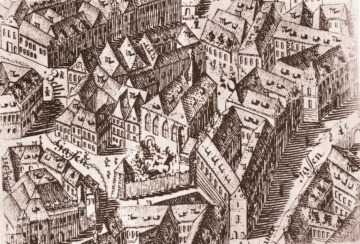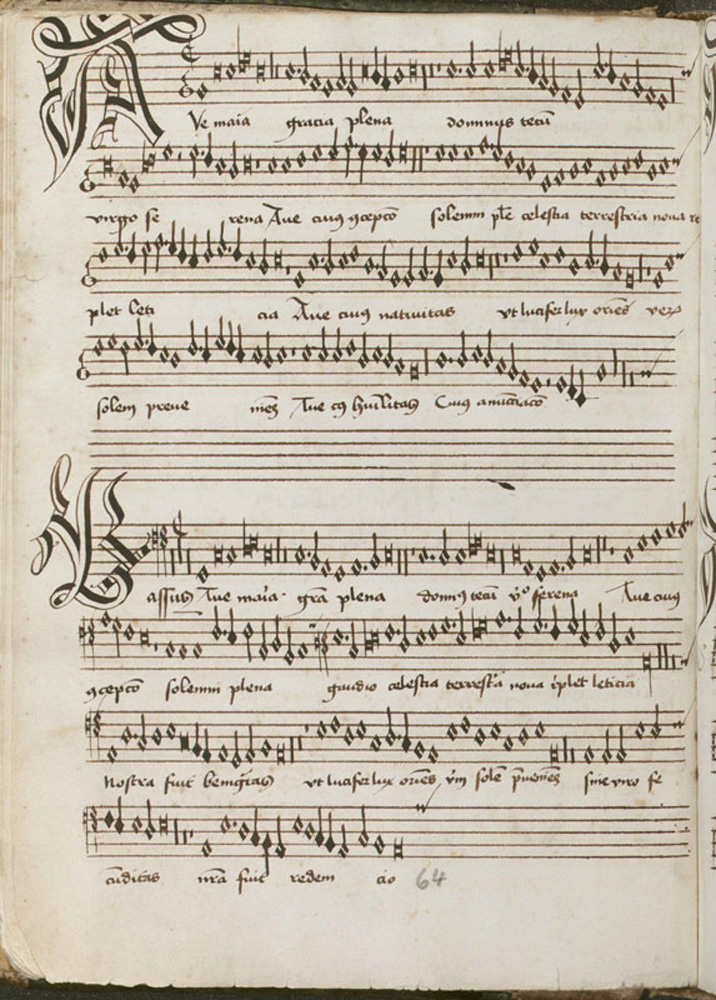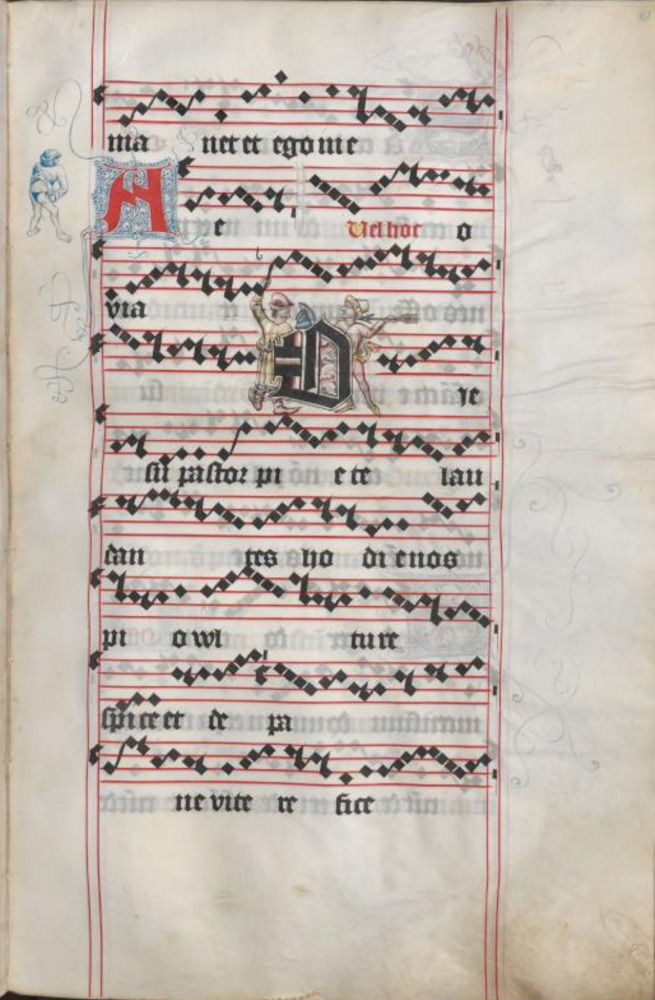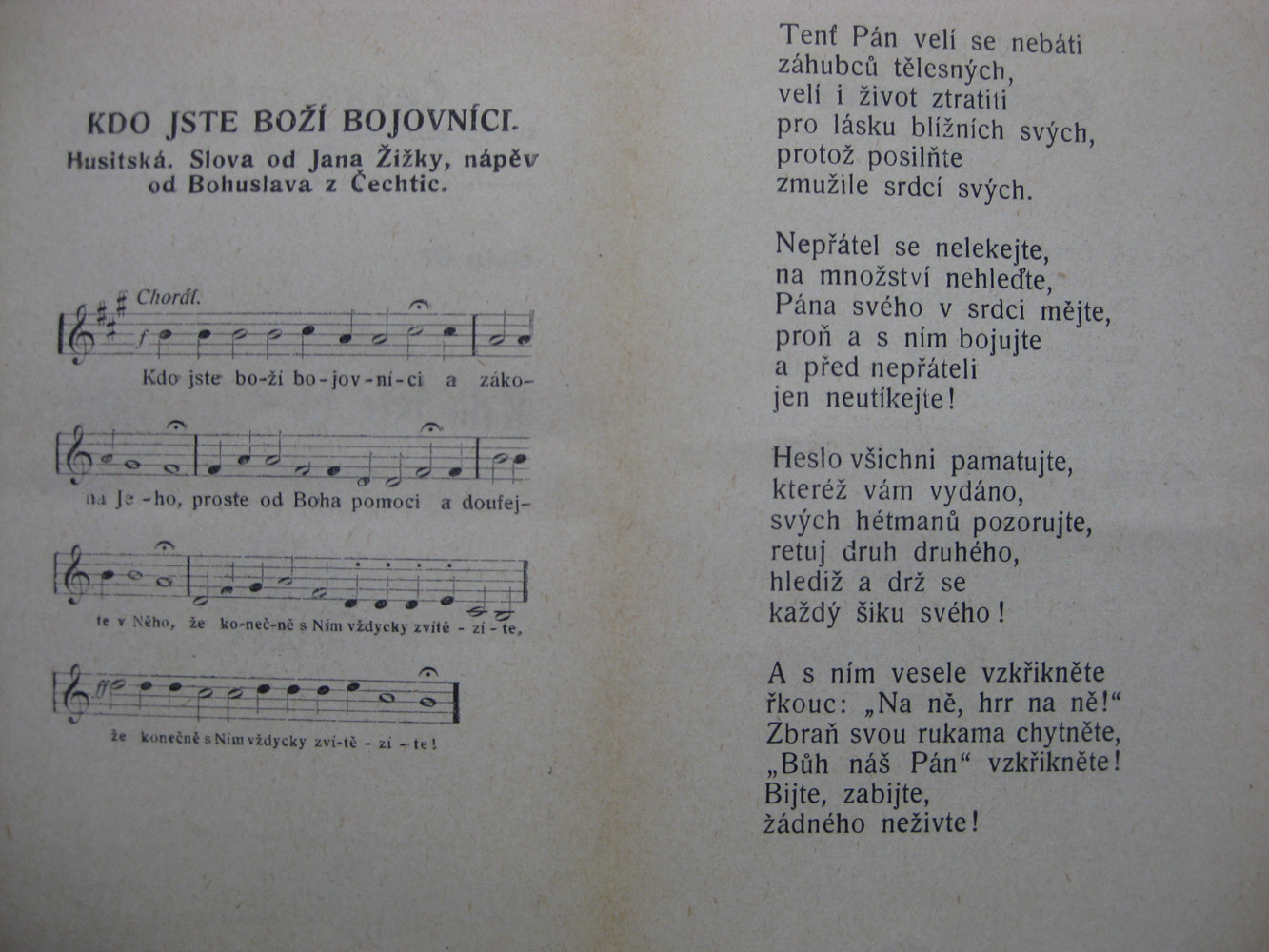Project omnf
The project “Old Myths, New Facts” focuses on the study of music repertory from 15th century Bohemia and its reflection in modern Czech music culture.
The modern shaping of Czech identity is based in part on a reflection of the Hussite tradition, in which music was the main medium for conveying key ideas. The interpretation of the Czech musical history of the 15th century, the nature of the repertoire and its relationship to European developments has been marked from the very beginning of Czech musical historiography by intentional manipulation of historical facts and the purposive ideologisation of aesthetic values. This also had an impact on the concept of older Czech music in the broader European context, which is based on an insufficient or even completely erroneous understanding of the specific developments in Central Europe. When dealing with the Czech lands, general historical summaries generally utilise terms such as "discontinuity", "isolation", "simplification" or "latency", even though the historical sources clearly evidence the opposite situation. The myth of the exclusive role of the Hussite tradition has left a considerable mark on the musical production of the 19th and 20th century, with compositions reflecting the Hussite legacy, including those that reference incorrect reconstructions of Hussite melodies, evoking a feeling of national identity. The results of this study are presented with the help of current technology, both for the needs of the repertoire database and in terms of the digital editions of selected compositions.
Detailed Program:
2019: Myths and Facts: first definitions
- the music repertory profile at the beginning of the 15th- century; case study: cantionale from Vyšší Brod (VB H 42) from 1410
- 15th-century music, as depicted in the music historiography in the 19th- to 20th-centuries
- the myths "Master John Hus" and "Hussitism" in the 19th- and 20th-century music
2020: The misconstruction of "central" and "border" repertories
- "Continuity" and "discontinuity" in 15th-century "central" and "border" music traditions
- archaic polyphony in Bohemia and Central Europe
- monophonic Latin chant and cantus fractus repertory
- case study: Cantionale from Vyšehrad (c. 1450–1460)
- 15th-century music as inspiration for 19th- and 20th-century music compositions
2021: Czech vernacular liturgy and songs
- Latin and vernacular liturgies in 15th-century Europe
- case study: Jistebnice Kancionál, songs, and antiphonary chants
- songs from Jistebnice Kancionál in 19th- and 20th-century music compositions
2022: Music and institutions, music and confession
- schools and university as "music environment"
- sub una and Utraquist church: myths of two disparate traditions
- monasteries: destruction, revival, and continuation of music repertory
- case study: "Speciálník" from Prague (c. 1500)
2023: New synthesis
- profile of music repertory of the turn od 15th and 16th centuries
- case study: Gradual from Chrudim (c. 1530)
- The second life of "Master John Hus" and "Hussitism" in music in the broader context (comparison: St Wenceslas, Charles IV, and Comenius, a. o.)







